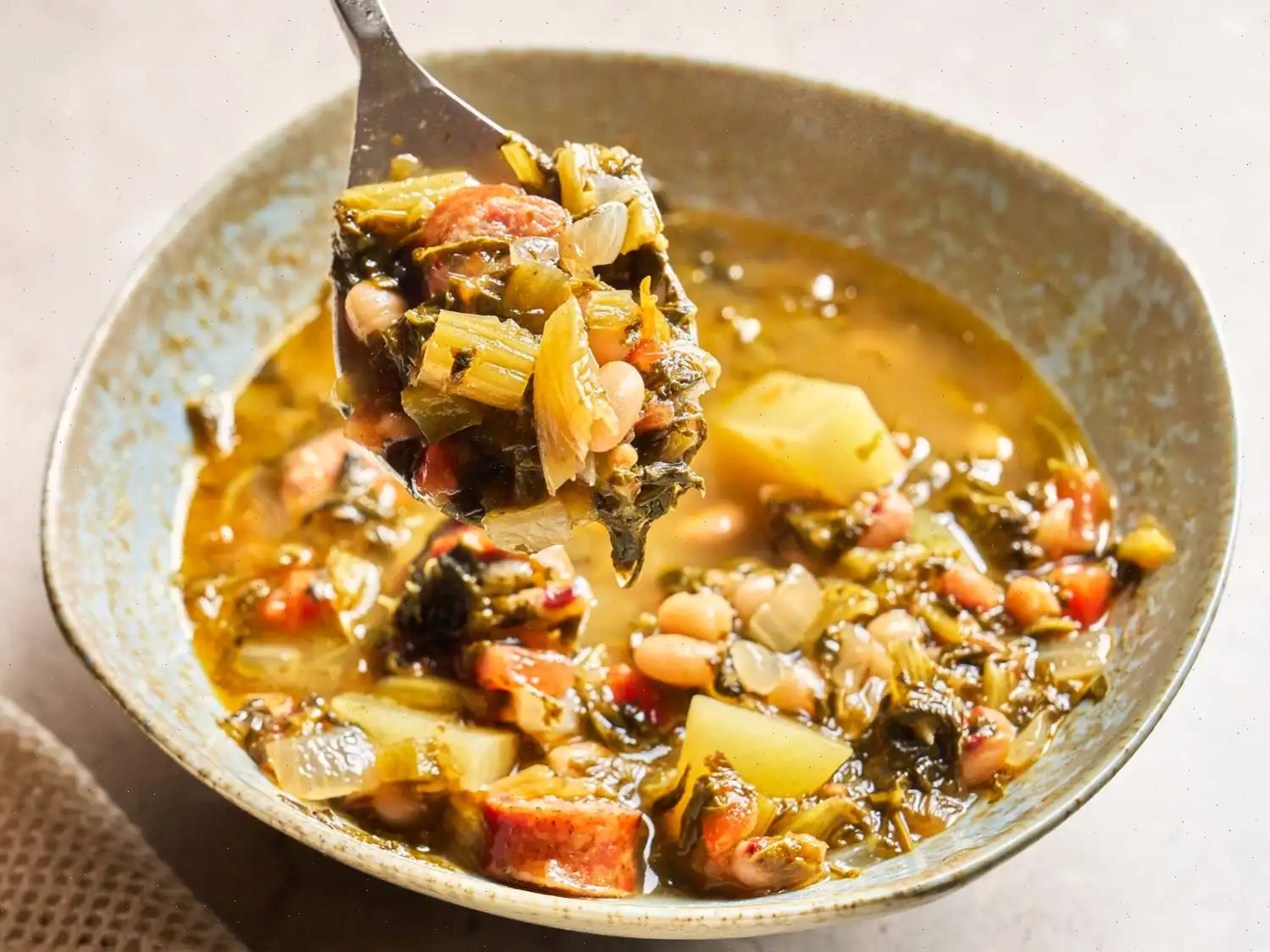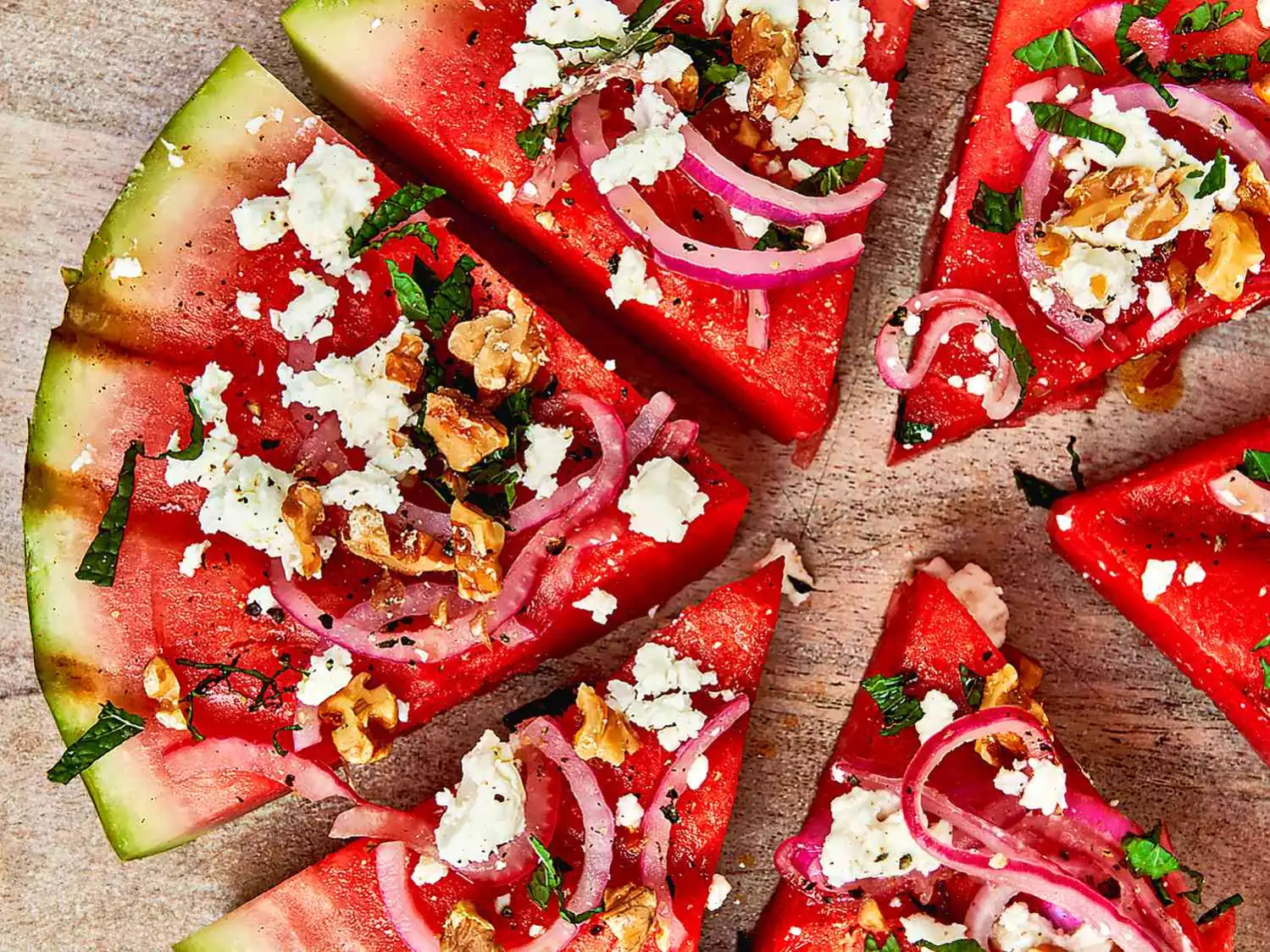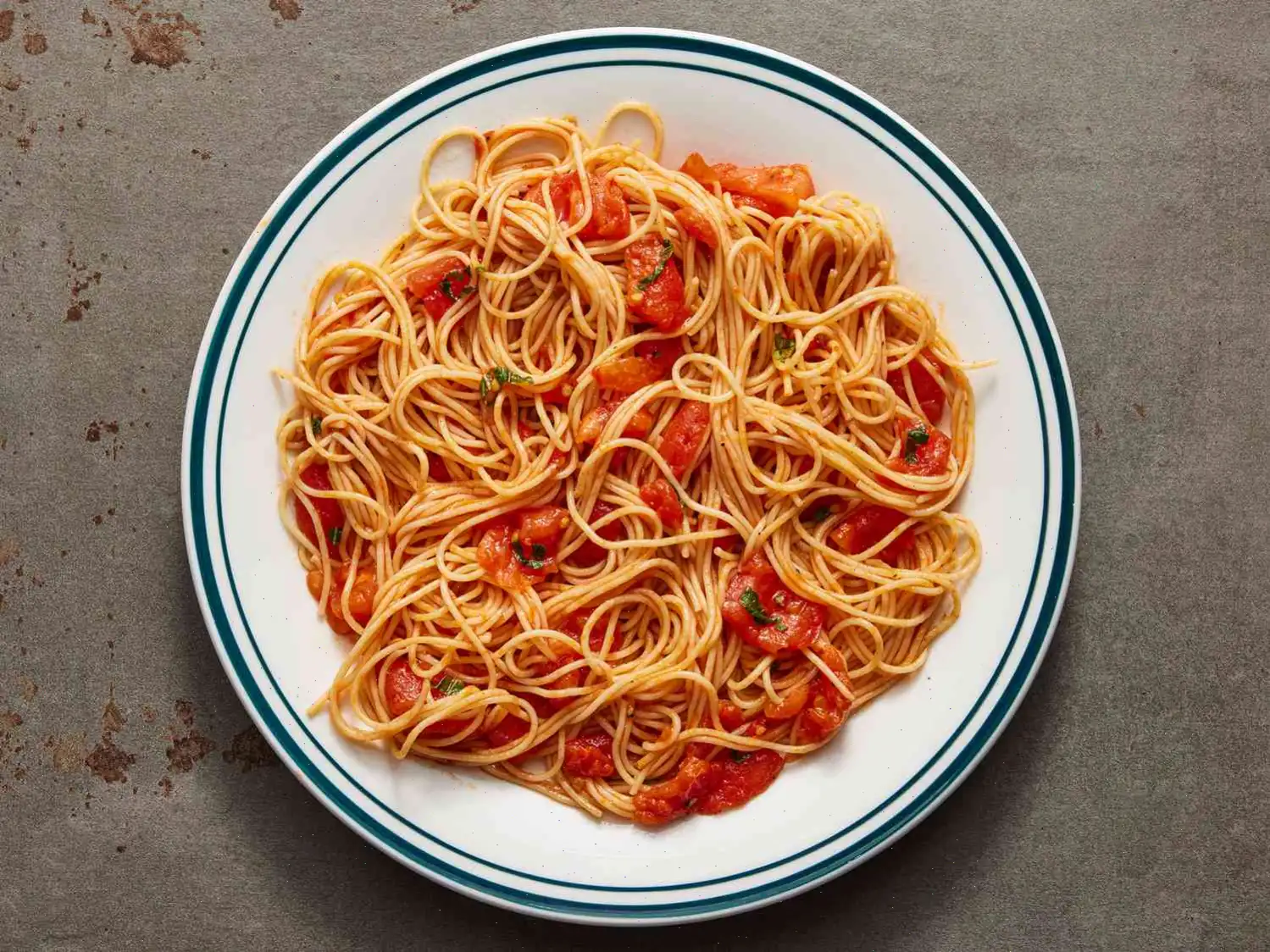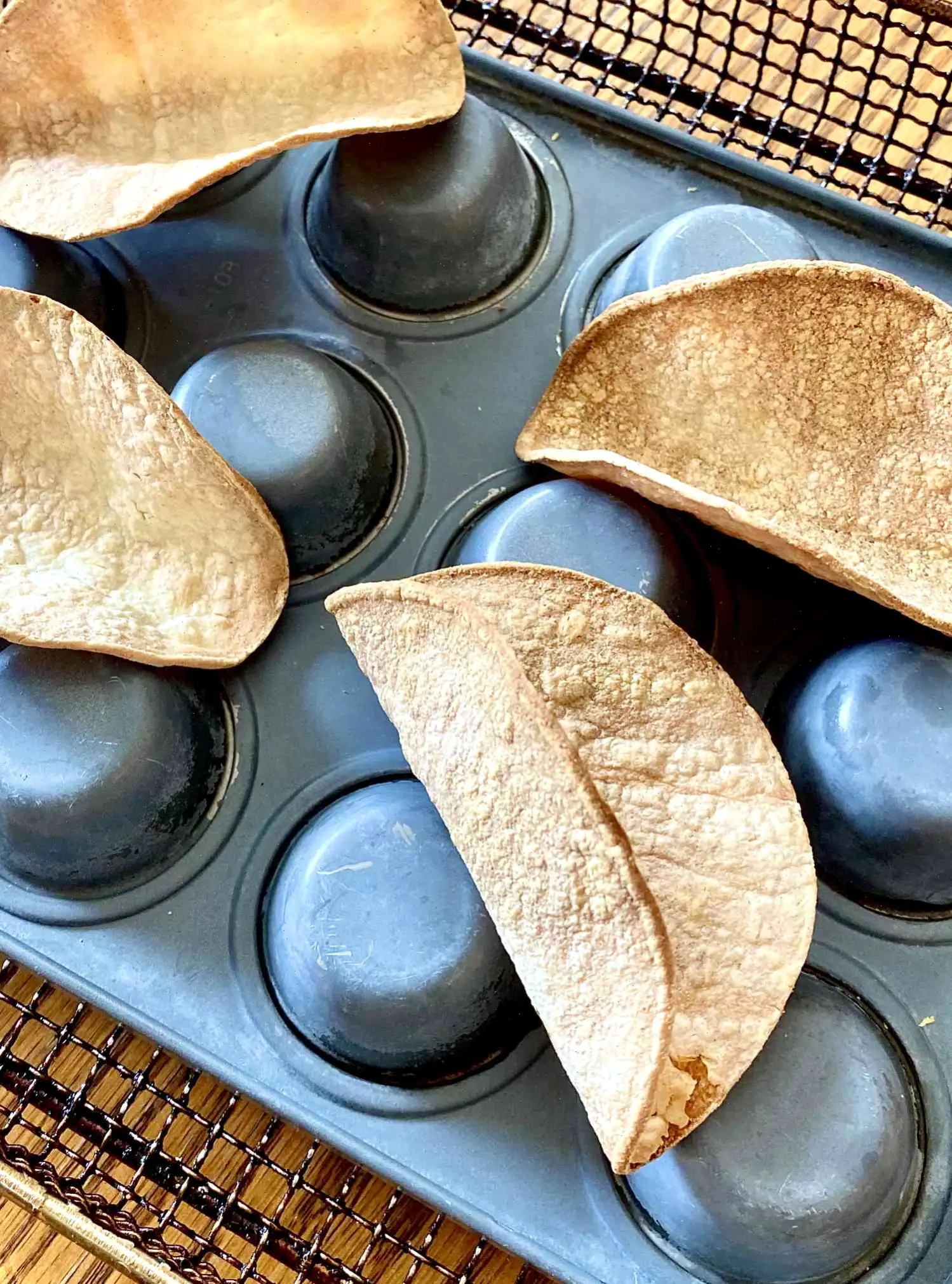
Schnitzel Recipe
Ingredients
This recipe was developed at its original yield. Ingredient amounts are automatically adjusted, but cooking times and steps remain unchanged. Note that not all recipes scale perfectly.
- 1 cup self-rising flour
- 1 cup self-rising cornmeal
- 1 teaspoon salt
- 1 teaspoon pepper
- 1 cup milk
- 3 eggs
- cup vegetable oil
- 4 (4 ounce) beef cube steaks
- 2 teaspoons lemon juice, or to taste (Optional)
Directions
Follow these simple steps to prepare your delicious cube steaks:
- Step 1: In a shallow bowl, combine the self-rising flour, cornmeal, salt, and pepper. Stir them together until evenly mixed.
- Step 2: In a separate shallow bowl, use a fork to whisk together the milk and eggs until well blended.
- Step 3: Heat vegetable oil in a large skillet over medium-high heat. Make sure the oil covers the bottom of the skillet.
- Step 4: While the oil is heating, dip each beef cube steak into the egg and milk mixture, ensuring it is fully coated. Then dip it into the flour and cornmeal mixture, shaking off any excess.
- Step 5: Place the coated cube steaks into the hot skillet. Fry them on each side until golden brown, about 3-4 minutes per side.
- Step 6: Once golden brown, reduce the heat to medium. Continue cooking the steaks until they are cooked through and well done, about 5-7 minutes. Do not cover the skillet during this time.
- Step 7: If desired, drizzle the cooked steaks with lemon juice before serving for an added burst of flavor.
Nutrition Facts (per serving)
| Calories | 677 |
| Total Fat | 31g (40%) |
| Saturated Fat | 8g (42%) |
| Cholesterol | 215mg (72%) |
| Sodium | 1766mg (77%) |
| Total Carbohydrate | 60g (22%) |
| Dietary Fiber | 4g (14%) |
| Total Sugars | 3g |
| Protein | 38g (75%) |
| Vitamin C | 2mg (2%) |
| Calcium | 261mg (20%) |
| Iron | 7mg (37%) |
| Potassium | 601mg (13%) |
* Percent Daily Values are based on a 2,000 calorie diet. Your daily values may be higher or lower depending on your calorie needs.

By Dianne
History of Schnitzel
The origins of schnitzel trace back to the Austro-Hungarian Empire, where it was a staple dish of the aristocracy. Known initially as "Wiener Schnitzel," which translates to "Viennese cutlet," it was traditionally made with veal and became famous in Vienna during the 19th century. The dish is believed to have been inspired by the Italian "cotoletta alla milanese," a breaded and fried veal cutlet from Milan. As schnitzel spread throughout Europe, it became a national dish in Germany, where regional variations arose.
Regional Variations
Schnitzel is beloved across various regions in Germany, with each area putting its unique twist on the dish. In Austria, the classic Wiener Schnitzel is the most well-known version, made exclusively with veal. In southern Germany, however, pork schnitzel is more common due to the lower cost of pork. In Bavaria, schnitzel is often served with a generous helping of potato salad, while in other regions, it may accompany sauerkraut or sptzle. The dish is also frequently topped with a squeeze of lemon juice to enhance the flavor profile.
How Schnitzel Differs from Similar Dishes
While schnitzel shares similarities with other breaded and fried cutlets from around the world, such as the Italian cotoletta or the American chicken fried steak, it differs primarily in its preparation and serving style. Unlike fried chicken or other breaded meats, schnitzel uses a specific technique that involves tenderizing the meat and then coating it in a mixture of flour, eggs, and breadcrumbs. Schnitzel is also typically pan-fried rather than deep-fried, which gives it a lighter and crispier texture. Additionally, the use of veal or pork in schnitzel contrasts with other dishes that might use beef or chicken.
Where is Schnitzel Typically Served?
Schnitzel is a popular dish throughout Germany and Austria, often enjoyed as a hearty family meal. It is commonly served in traditional beer gardens, local restaurants, and festive events. In Germany, you may find schnitzel in both casual dining spots and upscale eateries, with many regions offering their own version. In Austria, it is a signature dish served in almost every restaurant, from quaint taverns to fine dining establishments. Internationally, schnitzel has found its way into menus in other European countries, as well as in the United States and beyond, particularly in German and Austrian restaurants.
Fun Facts About Schnitzel
- The Wiener Schnitzel is a protected dish in Austria, where it must be made with veal to be considered "authentic."
- Schnitzel is often served with a side of potato salad, which is a traditional German accompaniment. In fact, there are many regional variations of potato salad across Germany.
- In addition to veal and pork, schnitzel can be made with other meats, such as chicken or turkey, for a lighter option.
- Schnitzel is sometimes served with a variety of sauces, including mushroom gravy, lingonberry sauce, or even a fried egg placed on top.
FAQ about Schnitzel Recipe
Comments
George Thomas
09/27/2023 12:56:27 AM
Delicious, albeit a bit mild, comfort food. It's a nice break from constantly eating spicier dishes. However, I believe there was a mistake with the recipe calling for 1 cup of flour and cornmeal and 3 eggs, as I ended up wasting a lot of the breading mixture. I paired it with a sweet and sour sauce for dipping, as well as mashed potatoes, green beans, and fresh pineapple mixed with cottage cheese.
Betty Lewis
12/15/2022 08:32:12 AM
Great German recipe.







